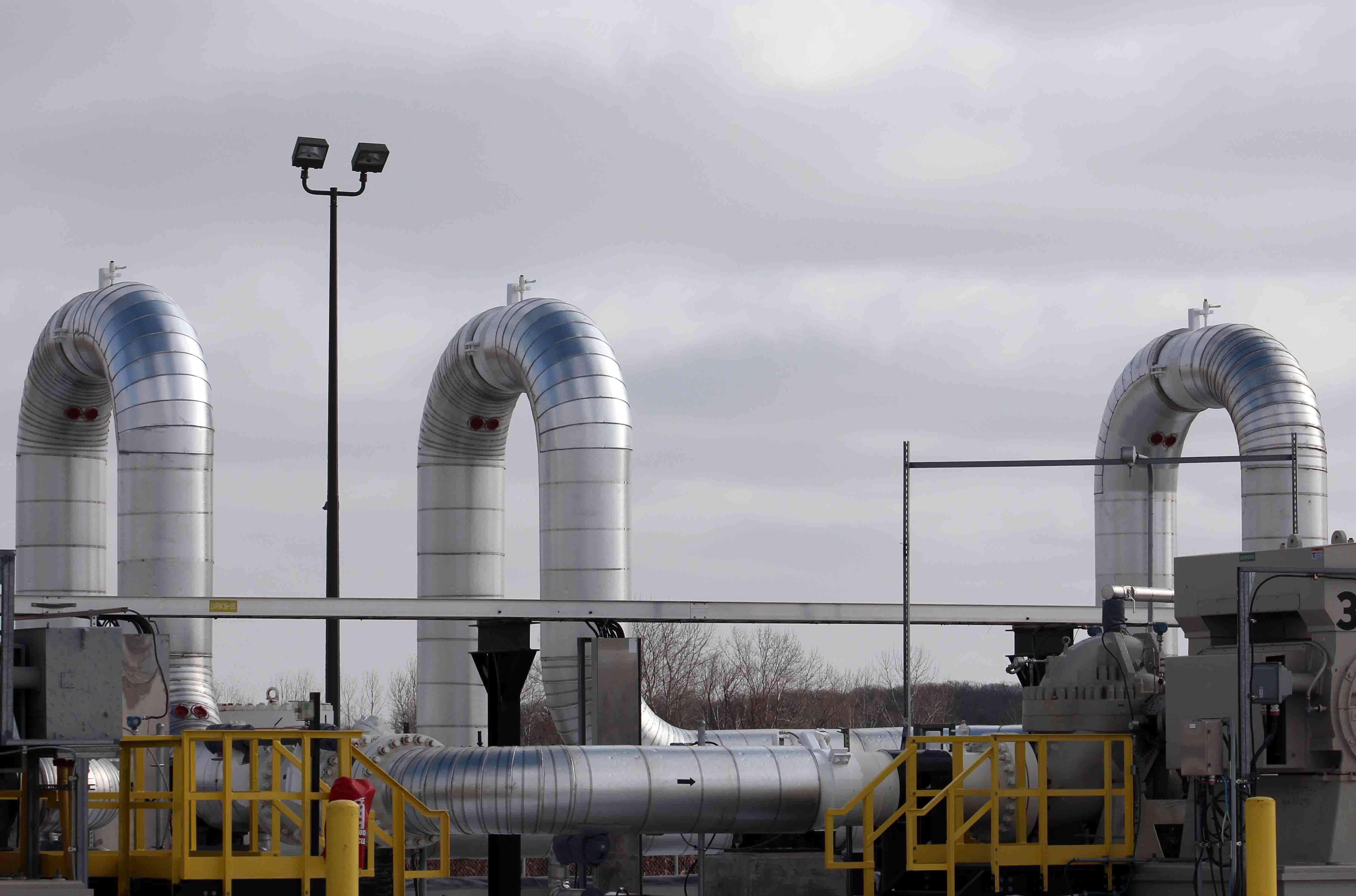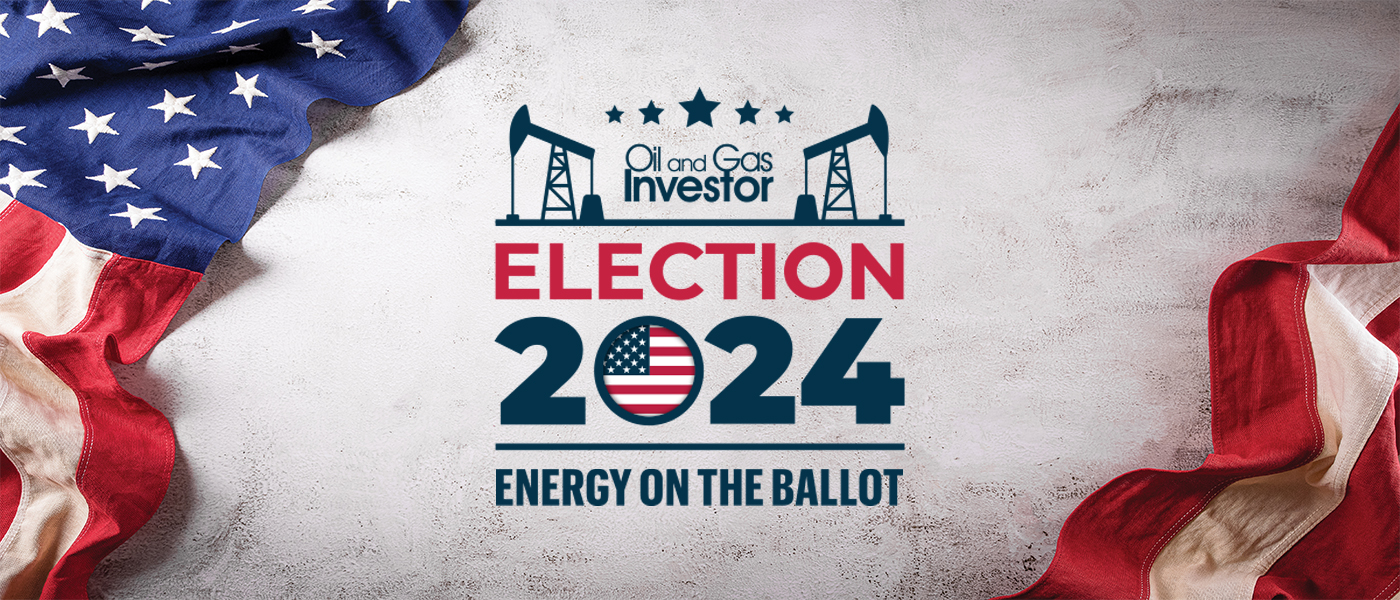With Election Day 2024 quickly approaching, former President Donald Trump and Vice President Kamala Harris have been quite vocal regarding their position on energy and climate change.
Trump is vowing to bring back “Energy Dominance” by supporting greater production of traditional energy forms and by reducing the regulatory burden the industry is facing.
Harris is pledging to do more to address climate change and continue the current administration’s support for renewable energy and electric vehicles, focusing on distributing much of the funding generated through the Inflation Reduction Act (IRA) and the Infrastructure Investment and Jobs Act.
A key area where the campaigns have very different policies on oil and gas development is on federal lands. A Harris administration would likely continue some of the policy initiatives put forth under the Biden administration that restricted and slowed federal oil and gas leasing. In January 2021, President Biden placed a “pause” on oil and gas leasing in order to issue more restrictive policies for activities on federal lands.
Harris can be expected to continue policies on offshore programs that limit leasing activities to the central and western Gulf of Mexico in favor of offshore wind. A Harris administration would likely continue existing plans to hold Gulf of Mexico oil and gas lease sales in 2025, 2027 and 2029 to ensure compliance with IRA requirements that condition new offshore wind lease sales on recent offshore oil and gas lease sales.
A Trump administration would likely be very supportive of expanded oil and gas leasing through more accommodative fiscal terms, like lower royalties and rents, and expanded lease sales, returning to a policy of two annual regionwide Gulf of Mexico lease sales. It would also seek to expand federal leasing to areas offshore Alaska. Trump has limited his ability to expand leasing to the Southeast coast and eastern Gulf of Mexico through 2032 by his own executive order.
Onshore agenda
Onshore, a Harris administration could continue the current administration’s climate and conservation agenda on federal lands, issuing few oil and gas leases with more restrictions and higher royalties. We would expect oil and gas leasing to continue in order to meet requirements under the Inflation Reduction Act that solar and wind rights-of-way on federal land only get issued if sufficient oil and gas leasing occurs.
When serving as a U.S. senator, Harris vowed to ban hydraulic fracturing. As a presidential candidate, she has reversed that position, stating that she would not ban fracking.
Under a Trump administration, we would expect more vigorous federal onshore oil and gas leasing and permitting. This would include regular robust quarterly lease sales and more generous fiscal terms. It would also attempt to reverse policies, such as critical habitat designations and endangered species listings (dunes sagebrush lizard) deemed harmful to industry.
We would also fully expect a Trump administration to reverse actions by the Biden administration to halt leasing activity in the Arctic Wildlife Refuge and restrict leasing in the National Petroleum Reserve Alaska.
In terms of environmental policy regarding methane, Trump is vowing to overturn recent methane emissions regulations, including the EPA Methane Rule and the Methane Fee on emissions. Harris remains fully supportive of those policies.
It is important to note that under the Biden-Harris administration, the U.S. has experienced record levels of oil and natural gas production and exports. This is partially due to the fact that so much additional production has come from shale plays predominantly located on state and private lands and are thus less susceptible to impacts from federal policies.
Midstream and climate
The Biden-Harris administration began with the executive order halting the Keystone XL Pipeline, which set an anti-fossil energy tone for the administration. The permitting process for pipelines has become highly contentious and politicalized—and will likely remain that way for years to come. It took the passage of a bill intended to raise the debt limit to include language approving all permits and authorizations to get the Mountain Valley Pipeline built.

Under a Harris administration, pipelines likely would be judged on a case-by-case basis, weighing the political pros and cons of each project. Harris might appoint FERC commissioners who will give greater consideration to the climate change impacts of future projects. A Harris administration would be expected to sign the Pipeline Safety/PHMSA Reauthorization into law.
A Trump administration could be more aggressive with regard to approving and permitting future pipeline projects. It is likely that a Trump administration would pursue permitting reform that would benefit pipelines and other types of energy infrastructure.
Both candidates are generally supportive of LNG exports, which have been a major foreign policy tool for Biden in light of the reduction in Russian natural gas imports to Europe following the Russian invasion of Ukraine and the sabotage of the Nord Stream 2 Pipeline.
Earlier this year, Biden announced a “pause” in the issuance of LNG export licenses to non-free trade agreement countries until a study is performed on the purported impacts of LNG exports on climate, the economy and national security. This was done to placate environmental groups that have opposed increased U.S. exports of LNG, citing their climate impacts.
This announcement was not well-received by the U.S. oil and gas industry, LNG exporters and importing countries, many of whom are allies. The pause has negatively impacted projects and the U.S.’ reputation as a reliable exporter. Despite these impacts, the U.S. is on track to double LNG export capacity, reaching 24.4 Bcf/d in the next three years, according to the U.S. Energy Information Administration.
While the problem will most likely go away before a Harris presidency would commence, it is indicative of a bigger issue—a need to satisfy the environmental base. Such commitments in the future could thwart the energy industry and infrastructure’s ability to grow.
Trump has been very supportive of LNG exports, as well as crude oil and products exports, examples of what he deems to be U.S. energy dominance. His position on tariffs of imports like Chinese steel could make U.S. LNG activity more challenging.
Another important factor to consider in terms of future energy policy is the range of outcomes in the U.S. House and Senate elections. Should either candidate’s party fail to win both the House and Senate, they will have a difficult time moving favored legislation through Congress.
Under a split Congress, which many currently see as the most likely scenario, the president would have to rely on regulations and executive orders to achieve goals, with the opposition party using oversight and appropriations to try to limit the policy success of the administration. Should either Trump or Harris have control of both houses of Congress as president, implementing an agenda could be a much smoother task.

Recommended Reading
E&P Highlights: Jan. 13, 2025
2025-01-13 - Here’s a roundup of the latest E&P headlines, including Chevron starting production from a platform in the Gulf of Mexico and several new products for pipelines.
E&P Highlights: Feb. 18, 2025
2025-02-18 - Here’s a roundup of the latest E&P headlines, from new activity in the Búzios field offshore Brazil to new production in the Mediterranean.
E&P Highlights: March 24, 2025
2025-03-24 - Here’s a roundup of the latest E&P headlines, from an oil find in western Hungary to new gas exploration licenses offshore Israel.
E&P Highlights: March 17, 2025
2025-03-17 - Here’s a roundup of the latest E&P headlines, from Shell’s divestment to refocus its Nigeria strategy to a new sustainability designation for Exxon Mobil’s first FPSO off Guyana.
E&P Highlights: Jan. 27, 2025
2025-01-27 - Here’s a roundup of the latest E&P headlines including new drilling in the eastern Mediterranean and new contracts in Australia.
Comments
Add new comment
This conversation is moderated according to Hart Energy community rules. Please read the rules before joining the discussion. If you’re experiencing any technical problems, please contact our customer care team.




